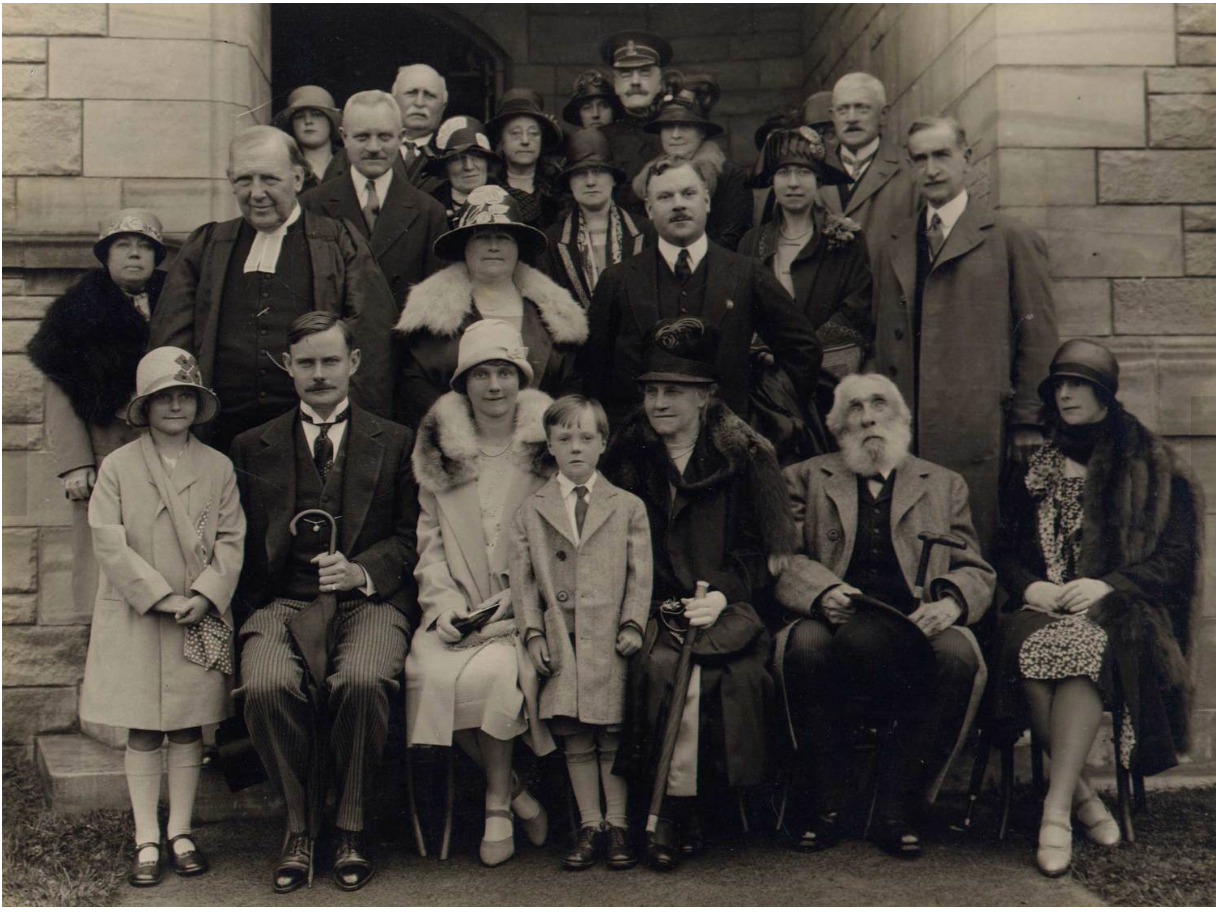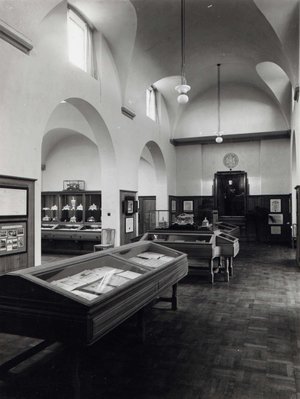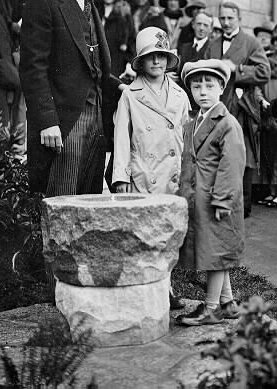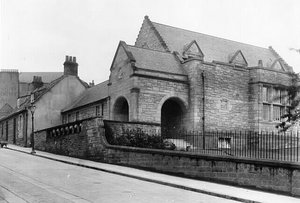Our history
The weaver’s cottage in which Andrew Carnegie was born on 25 November 1835 was built circa 1750. William Carnegie and his new bride, Margaret Carnegie (nee Morrison), rented one half of the cottage in 1834 from the Templeman family (William Carnegie’s uncle) during the first five years of their marriage.
In 1895 Andrew Carnegie’s wife Louise Whitfield Carnegie purchased the Birthplace Cottage from William Templeman using a legacy bequeathed to her from her grandfather. After the creation of the Carnegie Dunfermline Trust in 1903, Louise asked the Trustees to look after the cottage and it was opened to the public in 1908. The visitors book, which is in the collections of the museum, records Andrew Carnegie’s first visit to the home he had known as a small boy:
“ “First visit to my birthplace. The humble home of honest poverty. Best heritage when one has a heroine for a mother.””
Following the death of her husband, Mrs. Carnegie submitted a proposal to the Carnegie Dunfermline Trust to be allowed to build the Museum Hall ‘to inspire future generations to follow in his footsteps’. James Shearer (RSA) was appointed as the architect and he and Mrs. Carnegie conferred in all aspects of the building and the museum’s displays.
The linked buildings of the cottage and Museum Hall were formally opened on the 28 June 1928. The proceedings commenced with the presentation of the granite water fountain at the entrance to the building. This was a gift from Andrew Carnegie’s grandchildren.
At the onset of the Second World War the collections were removed from the museum and stored in vaults in the ruins of the Fratery. Once peace was declared in 1945, the collections were recovered from the vaults and put back on display. Although there were no collections in the museum it remained open throughout the War. Once returned to the museum, the original displays remained virtually untouched until the early 1970s.
Since then the Museum has undergone many stages of development, including a major upgrade in 2008. With the introduction of conservation grade display cases, colourful window panels, improved interpretation, family activities and interactive touchscreens, the quality of the visitor experience has been greatly enhanced.










